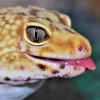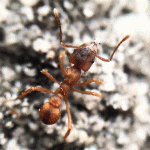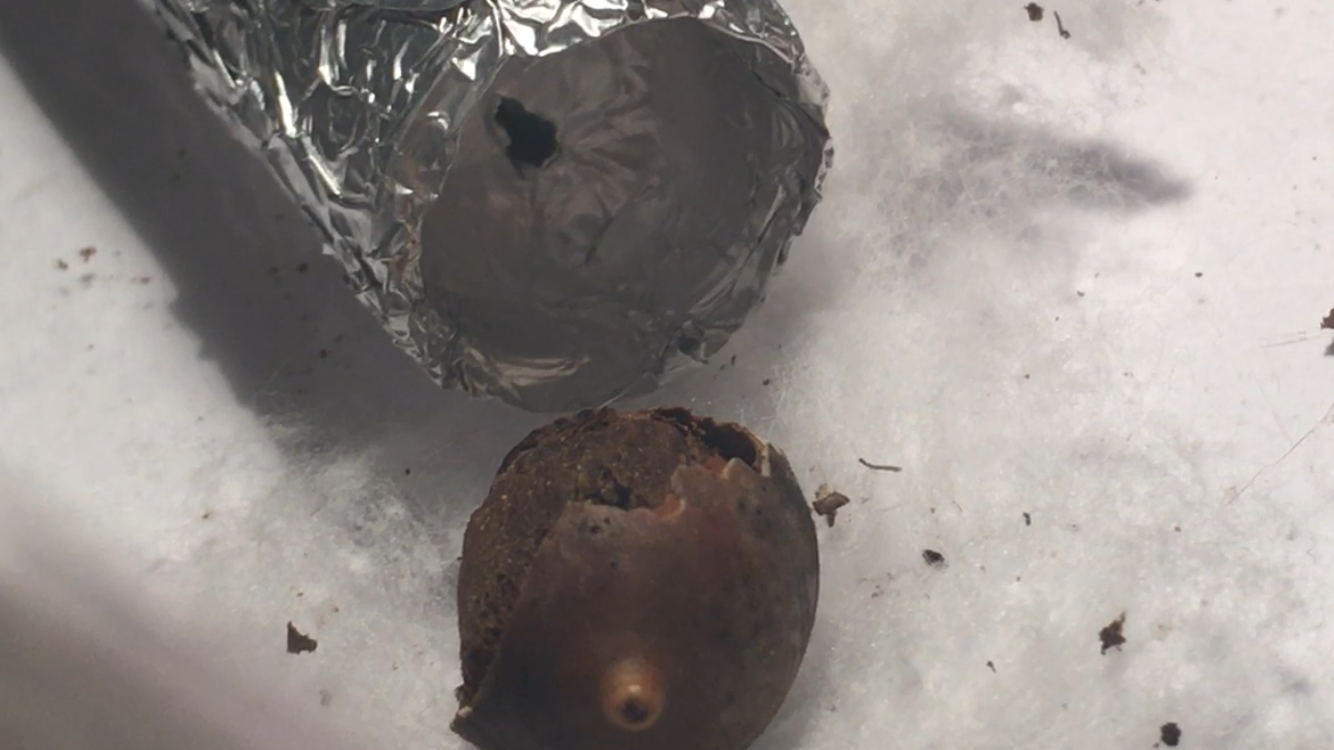Hi,
I caught an acorn! ![]()
I got a Temnothrax colony that is in an acorn. I broke the acorn so they are on the splintered pieces of the acorn. They are in a disposable container with fluon barrier. I have a testube set up on the side in hopes they will move in. How do I get them all to move into the testube set-up? Is it possible? Their are 2 queens in the acorn that I can see.


















